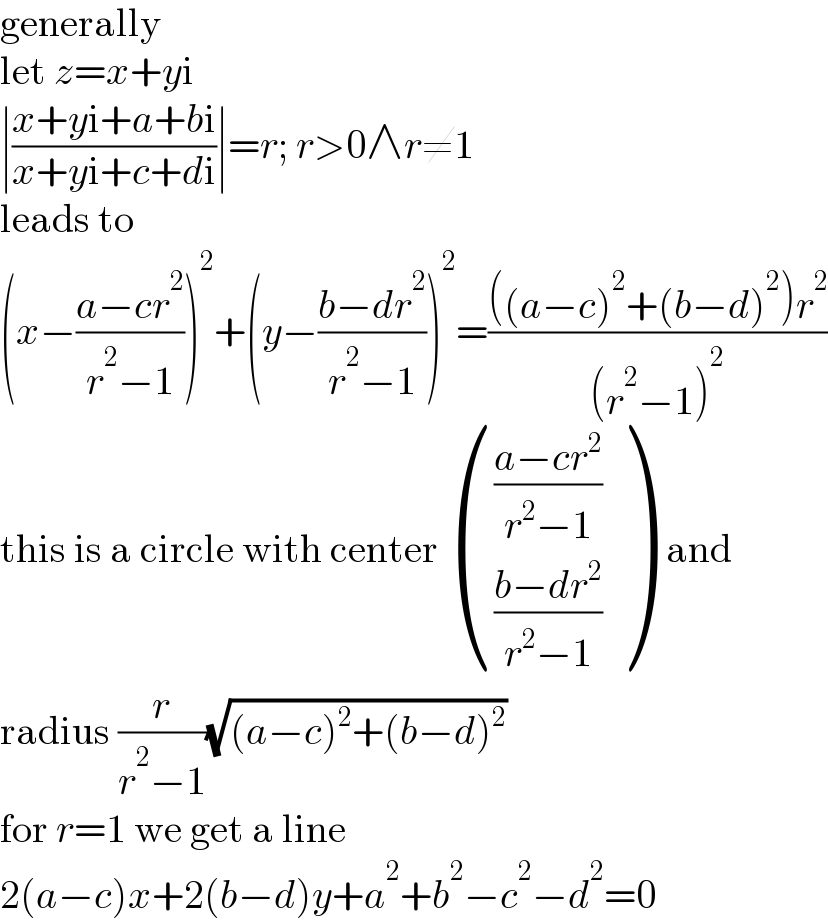
Question and Answers Forum
Question Number 141681 by ZiYangLee last updated on 22/May/21

Answered by MJS_new last updated on 22/May/21

| ||
Question and Answers Forum | ||
Question Number 141681 by ZiYangLee last updated on 22/May/21 | ||
 | ||
Answered by MJS_new last updated on 22/May/21 | ||
 | ||
| ||